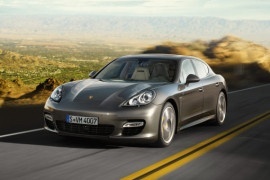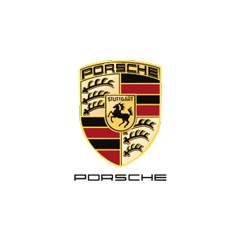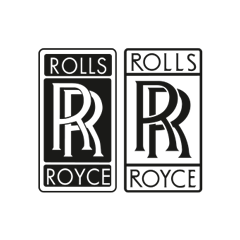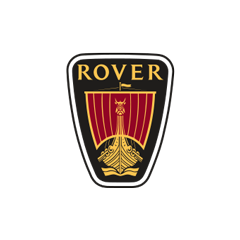Following the trend set by the 911 range, the Panamera offered a new top-model in the form of the Turbo S, which outpaced the Turbo version with 50 hp more.
The Turbo S had to wait for two years before its introduction in downtown Kuala Lumpur in 2011. Since its launch, the four-door GranTurismo Porsche was very well received by the market in all its forms. At the same time with the Turbo S, the German car-maker introduced the Hybrid version as well.
The Panamera’s headlights resembled those installed on the Cayenne. The profile resembled an elongated 911 or the 989 concept-car. On the front fenders, two vents were used to extract the air within the wheel-well and decrease the front-lift effect. In the back, the taillights resembled those found in the Cayman. In the back, on the trunk-lid, a retractable wing was installed. It was automatically extended at speeds over 120 kph (74.5 mph).
Inside, the Panamera Turbo designers took their inspiration from the Vertu luxury mobile phones. A four-seat layout was the only option, with a big center console that separated the driver from the other passengers. In the back, there was a decent room for adults and since it was a hatchback it could get an impressive amount of luggage. The dashboard was typical for a Porsche, with round dials and centrally-mounted tachometer. Despite its hatchback shape, the rear passengers had enough legroom and headroom.
The Turbo S featured the same 4.8-liter bi-turbo engine from the Turbo version, but with a new engine management system and improved turbochargers. The result was a 550 hp beast that could blast most of the supercars on the road with a 0-100 kph (0-62 mph) time of 3.8 seconds. It’s all-wheel-drive and the Sport Chrono Package Turbo were standard features.

























































